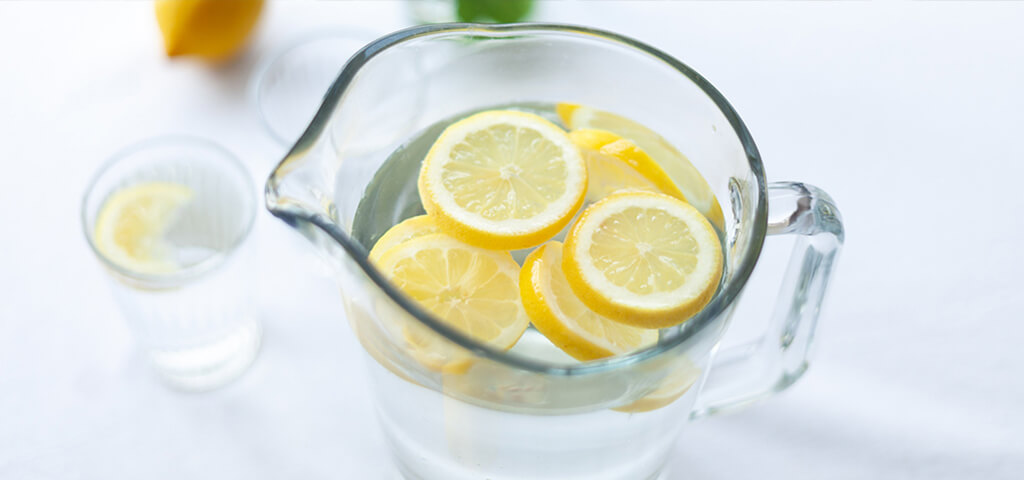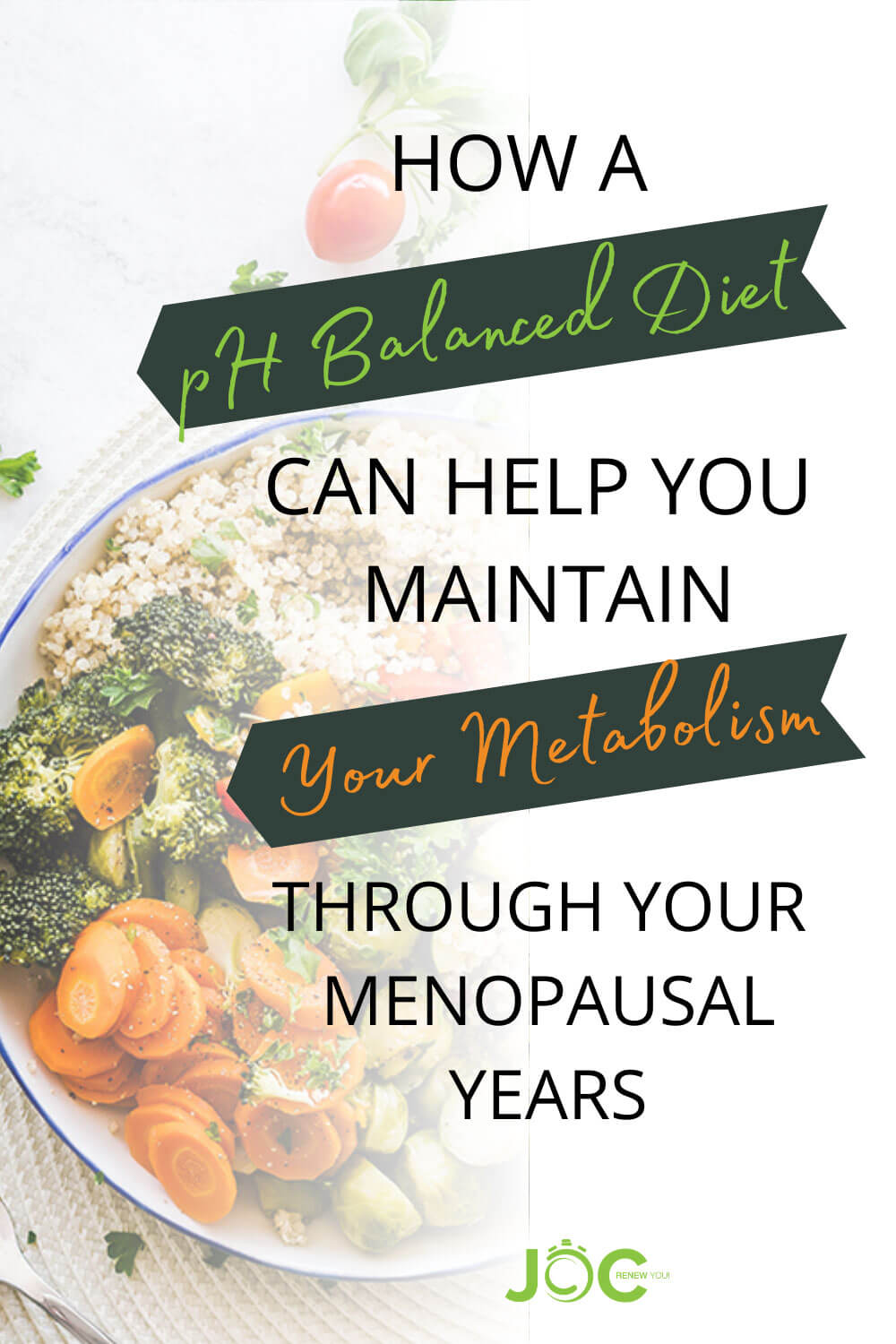It’s no secret that our metabolism starts to slow as we age. While this phenomenon impacts both genders, women bear the brunt of it. Especially as your metabolism transitions through menopause.
As your muscle tone starts to wane during menopause, metabolism gradually slows too. You may feel as though you just don’t have the strength you used to—but it doesn’t have to be this way, ladies!
Our muscles power our movements, but they are also the furnace feeding our energy levels. A higher percentage of lean muscle mass in the body translates to a higher metabolism. This keeps your energy levels high, your body running hot, and burning more calories all day long. However, during menopause, muscle deterioration is the main reason for a slower metabolism.
Regular strength training can help increase muscle mass during menopause but there is another factor many women don’t consider—your nutrition—especially one that is pH balanced.
Why is muscle maintenance so important for menopausal women?
Not only does a higher muscle mass help you to keep a healthy weight, but it helps you keep your body strong. Lean muscle helps you fit into your favorite jeans and continue feeling like your baddest boss lady self.
While you may start to feel some of the emotional and psychological effects of menopause, that doesn’t mean you need to start seeing it in your body—or allow it to remain there. With the right nutrition, you can undergo a full body transformation naturally.
The Secret Factor Behind Strong Muscles Through Your Menopausal Years

Ladies, you don’t have to sit back and accept muscle loss as part of menopause. In fact, with a few lifestyle adjustments, you can reverse the process. Our Superwomen who enroll in The JOC Method know there are three core principles for reducing the symptoms of menopause: Fitness, Nutrition, and Mindfulness. They know that tweaks to your nutrition plan—like the introduction of a pH balanced diet—can significantly change your outlook and pave the way for a more active and positive journey through menopause!
What is a pH Balanced Diet?
We can help our body maintain muscle tissue by changing to a more alkaline-based diet. Certain food groups like meat, dairy, and fish are considered more acidic than others. When our body burns these foods, they leave behind a high level of metabolic waste that potentially makes us more vulnerable to fatigue and disease. These acidic foods can drive your metabolism to a screeching halt.
What happens when our bodies take in too many acidic foods? We enter a state of acidosis, meaning that our pH levels are more acid than alkaline. Our bodies frantically excrete amino acids into the blood in order to supply glutamine and return the body to a more balanced state. Glutamine then acts as a rescuer of the body out of its acidic state by making ammonia, a chemical that increases muscle breakdown as it desperately tries to reclaim balance.
On the other hand, an alkaline-based diet “burns cleaner” than one that is acid-based. A diet rich in alkaline-based foods includes natural, plant-based goods like fruits, legumes, vegetables, and nuts. Our bodies do not produce muscle-shrinking chemicals like ammonia when burning these foods.
When we balance out our body’s pH level, we slow the process of muscle breakdown, and increase the pace of our metabolism.
The Right Foods to Balance Your Body’s pH Balance
What does it even mean to balance our pH? The letters pH stands for ‘potential for hydrogen’. As shown, there are two types of substances that can affect our body’s pH level: acids and alkaline. Our body’s perfect pH level is slightly alkaline.
Our kidneys are responsible for keeping our bodies in the right pH balance. When our bodies take in too much acidity, our kidneys can’t keep up with the process and it starts to get backed up into our tissues.

To keep our body feeling and operating at its best, we need to feed it whole, plant-based foods that will cause pH levels to rise. Bonus: this menu can also aid the irks and aggravations of weakened joints. Here is a list of foods that you should add into your nutrition plan if you’re working toward balancing your pH:
- Raw green leafy vegetables
- Non-acidic fruits like apples, bananas, melons and grapes.
- Lemon water: Even though lemons are acidic in nature, they have an alkalizing effect on the body
- Mushrooms
- Sprouts
- Legumes
- Cruciferous veggies like broccoli and cauliflower
- Onions, garlic, and leeks
- Herbs and spices- cilantro, parsley, ginger, turmeric
- Potatoes, sweet potatoes, and squashesPotatoes, sweet potatoes, and squashes
- Nuts and seeds
- Grasses and algae like spirulina, chlorella, barley grass
Foods to limit include:
- Coffee, alcohol, soda
- Dairy products
- Meats and fish
- Processed and refined foods
- Sugar
- MSG
Don’t forget! It is important to drink plenty of water to flush out your system of any lingering acids. You can always add lemon or apple cider vinegar to the water for an increased effect. Even drinking baking soda water will help to neutralize the acid so much that it can help with indigestion or heartburn.
More Tips for a Perfectly pH Balanced Meal Plan

Always try to buy organic produce, ladies! They naturally contain a higher mineral content that helps to alkalinize the body. Try for fresh as often as possible. If you can’t find fresh, leave preservative-riddled canned foods behind and choose frozen instead.
The way you prepare your food can also impact its pH. Stick to raw or steamed in order to retain most of the natural vitamins and minerals found in these powerful foods.
Of course, changes such as these take time, but you can do it, Superwoman! Start with baby steps. Focus on making small changes like eliminating alcohol and sugars. Swap meats for hearty sweet potato dishes. Before you know it, your whole lifestyle will adapt to a healthy pH balanced body, keeping you strong and your metabolism burning hot through your menopause years. Together, we can help you live your best life.





